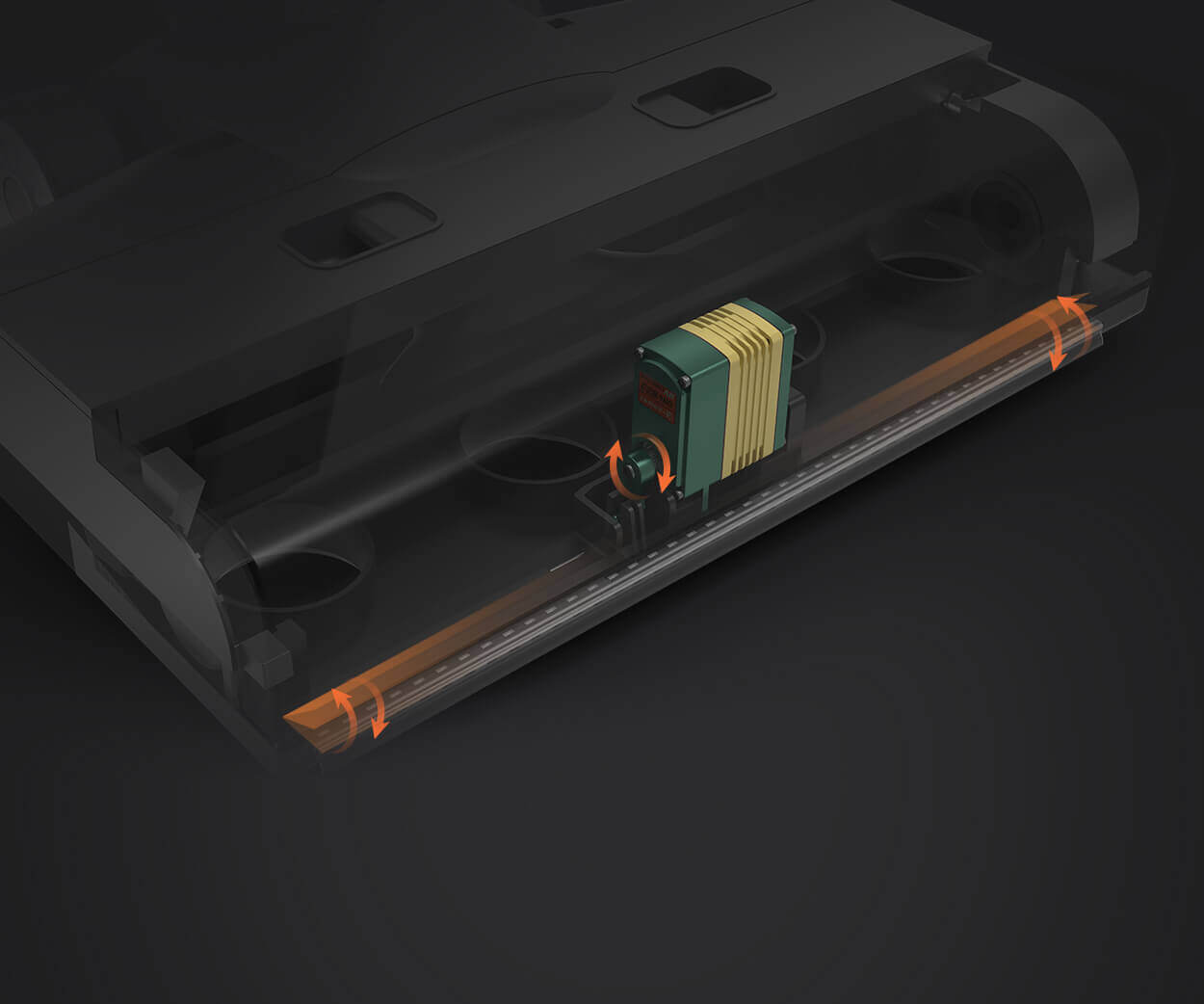Understanding how to authenticate microservices isn’t just a tech checkbox anymore. It’s the backbone of secure, scalable applications in the cloud era, and let’s be honest—if you’re not thinking about this, you’re playing a risky game.

Microservices are like a bustling city; each service is a neighborhood with its own rules. But these neighborhoods need to trust one another, or chaos ensues. That’s where authentication comes in—think of it as the passport control for your digital city. You don’t want just anyone wandering into the wrong places.
First off, token-based authentication is king here. It’s like handing out VIP passes. JSON Web Tokens (JWT) are a popular pick—they carry a compact, signed proof of who you are. When a request comes in, the service checks the token, and if it’s valid, it lets the user through. It’s fast, efficient, and scales well, which is crucial when hundreds of microservices are involved.
But, a question pops up—what if someone steals that token? Right, it’s a concern. That’s why implementing HTTPS everywhere isn’t optional; encrypting data in transit protects those tokens from prying eyes. Also, short expiration times for tokens reduce risk—if a token's compromised, it’s only useful for a little while. Add refresh tokens into the mix, and you get a layered approach that balances security and user experience.
OAuth 2.0 often becomes the architect behind these systems. Why? Because OAuth isn’t just about handing out tokens; it’s about controlling access smartly—giving different levels of permissions, revoking access instantly if needed. This is especially handy when microservices need to negotiate permissions on-the-fly, based on roles, context, or even user location.
Now, here’s a thought—how do you verify that a service interacting with another service is genuine? That’s where mutual TLS (mTLS) walks into the picture. It’s like a secret handshake—both sides present their certificates, proving they’re who they say they are. mTLS is a bit more complex to set up but provides rock-solid assurance against impersonation or man-in-the-middle attacks.
For those who want to keep things simple but effective, API gateways are your friends. They act as the gatekeepers—authenticate at the entrance, handle token validation, enforce policies, and route requests to microservices. It’s like having a bouncer with a checklist before entering a VIP lounge.
Thinking practically—if a microservice gets compromised, or if a breach occurs, how does your system hold up? Implementing strict validation of tokens, logging every access, and having a clear revocation process can make or break your security stance. You don’t want a single weak link pulling down your entire architecture.
Real-world businesses often struggle with balancing security and performance. Too much security, and users get frustrated; too little, and risks spike. What’s the sweet spot? Continuous monitoring, layered security, and regular audits. That’s how you build trust with your clients—knowing their data is locked up tight, but systems still work seamlessly.
So, when people ask, "How do you authenticate microservices effectively?"—it’s not just a technical spiel. It’s about crafting a robust, flexible security strategy that adapts to your needs, without getting in the way of innovation or user experience. It’s a game of details, where the right choices make all the difference.
Established in 2005, Kpower has been dedicated to a professional compact motion unit manufacturer, headquartered in Dongguan, Guangdong Province, China. Leveraging innovations in modular drive technology, Kpower integrates high-performance motors, precision reducers, and multi-protocol control systems to provide efficient and customized smart drive system solutions. Kpower has delivered professional drive system solutions to over 500 enterprise clients globally with products covering various fields such as Smart Home Systems, Automatic Electronics, Robotics, Precision Agriculture, Drones, and Industrial Automation.




































